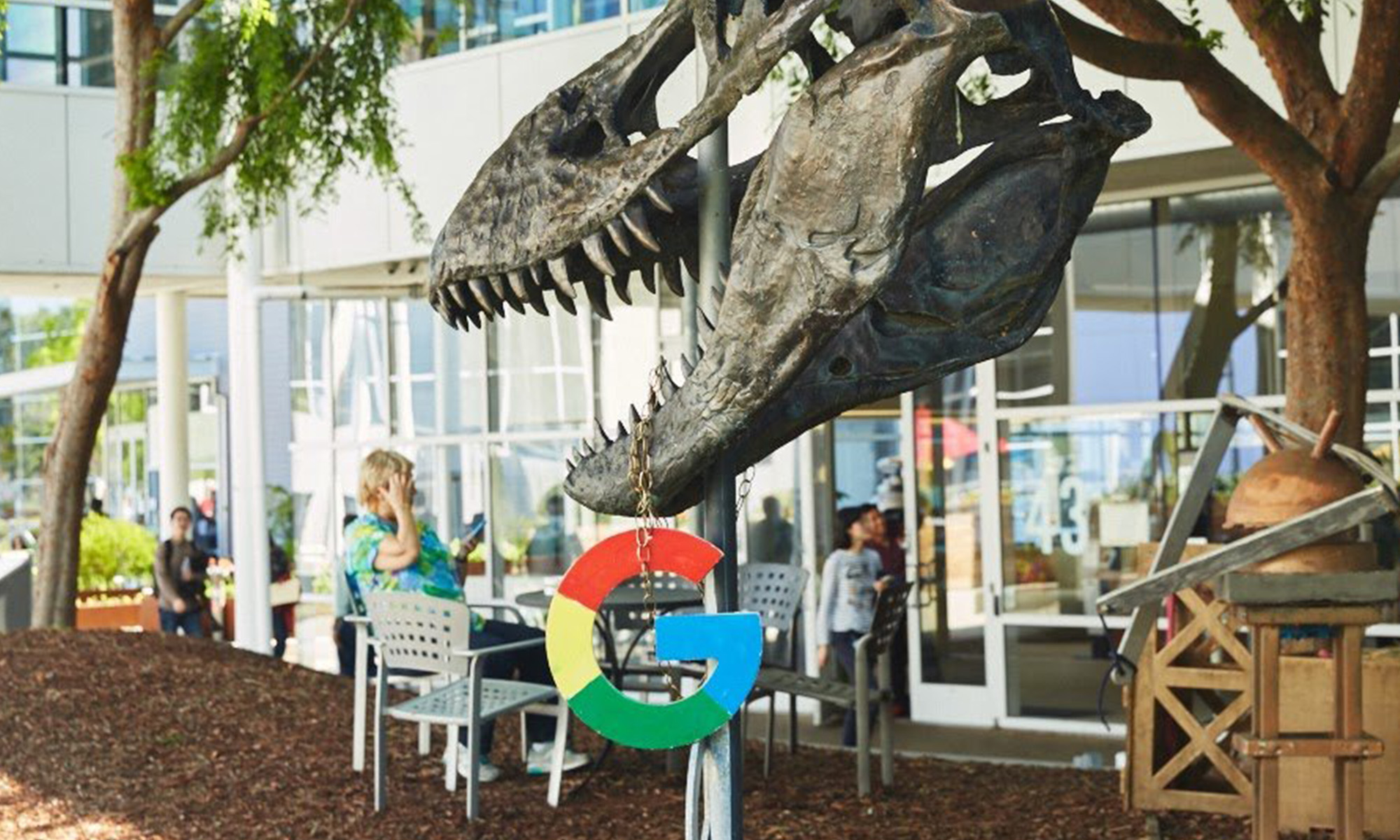Facebook (FB +1.15%) is on a roll. A recent report by Forrester Research shows how the demise of the social media giant was greatly exaggerated when researchers from Princeton dubbed it the next MySpace and predicted it would lose 80% of peak users by 2017.
Forrester's data revealed that the percentage of teens using the service did drop from February 2013 to November 2013, but only slightly. According to comScore, 88.6% of those 18-24 years old used Facebook in November of 2013, while 91.5% used it in February 2013.
The nearly three-percentage-point drop is a concern, but far from catastrophic.

Before, during, and after the much-publicized decline, Facebook did three things that should quiet its critics and more than offset gradually declining young adult and teen usage.
Facebook purchased Instagram
In April of 2012, Facebook had the foresight to purchase Instagram for $1 billion -- $300 million in cash and the remainder in Facebook stock. According to Facebook's last earnings call for Q1 of 2014, Instagram hit the 200 million mark for monthly active users, or MAUs, in March of 2014. That's a substantial jump from the 22 million MAUs it had in when acquired in 2012. By comparison, Facebook has 1.28 billion MAUs as of the Q1 2014 earnings call.
In April of 2014, Instagram brought in another 85 million unique visits in the U.S. alone. It also has a higher engagement per follower than either Facebook or Twitter (TWTR +0.00%). It has 50 times more engagement than Facebook and 120 times more than Twitter, according to Forrester.
Facebook has already shown that it knows how to monetize its own network by selling ads, but has yet to generate any ad revenue from Instagram. Look for it to do do so in the future. This will add another revenue-generating channel to Facebook and increase the value of the company.
Facebook also purchased What's App
Facebook also put down a great deal more for What's App -- 19 times more, to be exact. The messaging platform had 450 million active users at the time, mostly overseas. According to co-founder Jan Koum's blog, it now has more than 500 million active users, who are sharing 700 million photos and 100 million videos. Overseas locations, including Brazil, India, Mexico, and Russia are adding subscribers the fastest.
The goal of reaching 1 billion users looks more than within reach, but don't look for What's App to upend its core principles -- which includes no ads. For now, Zuckerberg is allowing the founders to operate independently and stick to their fast, cheap, ad-free messaging. But, even so, at a dollar a pop for a one-year subscription, What's App can bring in $1 billion a year in revenue via its subscriber-based model.
Facebook plans to use Google-like ad targeting to bolster its ad sales
Facebook is also set to improve its advertising and sell more ads by gathering more data on users. It announced it will now track users' web- and app-browsing habits to better help its advertisers target potential customers.
Facebook currently presents ads based on shares, post likes, and page likes that take place on Facebook's network. However, now Facebook will also use its users' browsing history through third-party apps and other sites to improve targeting of ads to users' feeds. Even though privacy advocates are raging against the new policy, don't look for many users to opt out, even though they can. Google (GOOG +0.96%) (GOOGL +1.02%) already does this type of targeting and has proven that it's effective, even with hardcore opposition from a small segment of users.
A Fool has his reasons
While Facebook is a polarizing company for investors, if you weigh all the facts and data, it is a solid buy at the moment. Its upside potential outweigh concern over its demise with young users. There is no guarantee it will avoid hitting a snag or being toppled from its social media throne, but for now and the foreseeable future, it looks to be the king of social media revenue generators.








